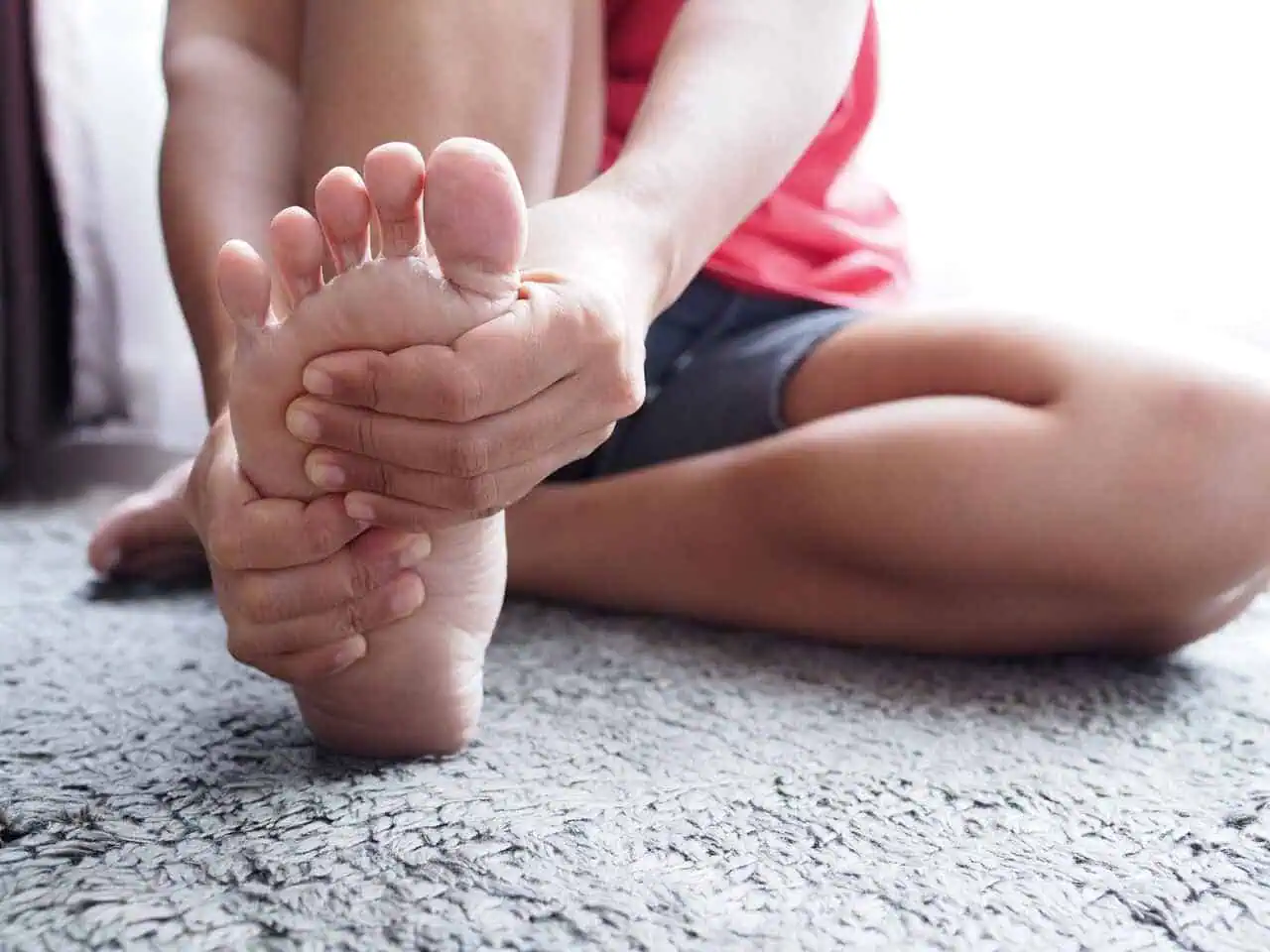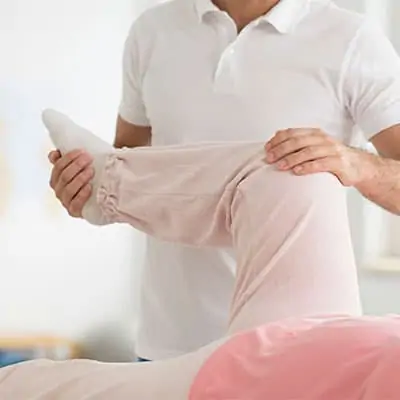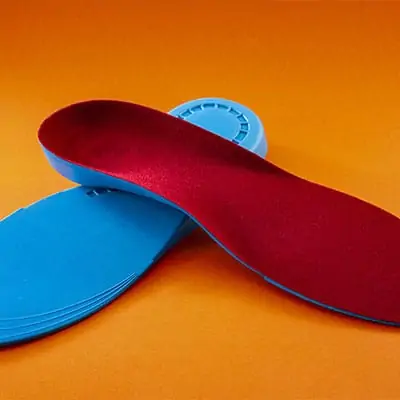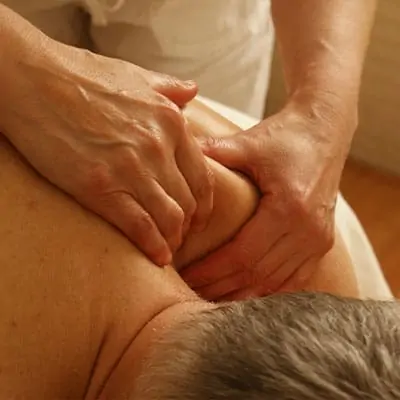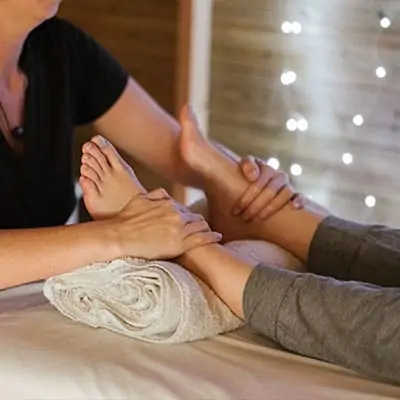Understanding Plantar Fasciitis
What is Plantar Fasciitis?
Plantar fasciitis is a common foot condition that causes pain in the heel and bottom of the foot. It occurs when the plantar fascia, a thick band of tissue connecting the heel bone to the toes, becomes inflamed. This condition is particularly prevalent among runners, individuals who are overweight, and those who wear inadequate footwear.
The inflammation can result from repetitive stress, poor arch support, or various foot biomechanics. If you are experiencing persistent pain in your foot, it may indicate plantar fasciitis.
| Common Causes | Description |
|---|---|
| Overuse | Activities that cause strain on the plantar fascia, such as running or standing for long periods. |
| Inadequate Footwear | Shoes lacking support or cushioning can contribute to heel pain. |
| Biomechanical Issues | Flat feet, high arches, or abnormal walking patterns can put additional stress on the fascia. |
Common Symptoms of Plantar Fasciitis
The primary symptom of plantar fasciitis is heel pain, most noticeable with the first steps in the morning or after prolonged periods of sitting. The discomfort may decrease as you continue to walk but can return after long periods of standing or activity.
Here’s a list of the common symptoms associated with plantar fasciitis:
| Symptom | Description |
|---|---|
| Sharp heel pain | Typically felt near the heel or arch, especially during initial movements. |
| Stiffness | A feeling of tightness in the foot, especially in the morning. |
| Pain after exercise | Discomfort may intensify following physical activity rather than during it. |
| Swelling | Mild swelling can occur around the heel. |
Early intervention and treatment are essential to manage symptoms and prevent further complications. Many people have found relief through various therapies, including massage therapy for plantar fasciitis, which can help reduce inflammation and pain. If you are seeking other therapeutic options, consider exploring different types of massage therapy that may be suitable for your condition.
The Role of Massage Therapy
How Massage Therapy Can Help Plantar Fasciitis
Massage therapy can be an effective treatment option for individuals suffering from plantar fasciitis. By targeting the foot and lower leg muscles, massage helps to relieve tension, improve circulation, and enhance flexibility. Here’s how it specifically aids in the management of this condition:
-
Increased Blood Flow: The gentle manipulation of tissues helps enhance circulation to the affected areas, which may promote healing.
-
Muscle Relaxation: Massage therapy can alleviate tightness in the calf muscles and foot, providing relief from discomfort associated with plantar fasciitis.
-
Pain Reduction: Regular massage sessions can lead to a decrease in pain levels and improve overall comfort during daily activities.
| Benefit | Description |
|---|---|
| Improved Circulation | Enhances blood flow to promote healing. |
| Muscle Relaxation | Reduces tension in calf and foot muscles. |
| Pain Management | Decreases overall soreness and discomfort. |
Benefits of Massage Therapy for Plantar Fasciitis
The advantages of incorporating massage therapy into your treatment plan for plantar fasciitis extend beyond pain relief. Here are several key benefits you might experience:
-
Enhanced Mobility: By loosening the plantar fascia and surrounding muscles, you may notice improved range of motion in your foot.
-
Stress Relief: Engaging in massage can also provide mental and physical relaxation, contributing to your overall well-being combined with pain management.
-
Customized Treatment: Massage therapy can be tailored to your specific needs and preferences, ensuring that the techniques used are effective for your unique situation.
| Benefits | Impact on Plantar Fasciitis |
|---|---|
| Enhanced Mobility | Better range of motion in the foot |
| Stress Relief | Increased relaxation and reduced mental strain |
| Customized Treatment | Effective techniques tailored for individual needs |
Incorporating therapeutic massage therapy into your regimen can lead to significant improvements in managing plantar fasciitis. Be sure to communicate your symptoms with your therapist to optimize the effectiveness of your sessions. For a more comprehensive approach, consider exploring various types of massage therapy.
Techniques for Massage Therapy
Massage therapy can play a significant role in alleviating the pain associated with plantar fasciitis. Various techniques can target the affected areas and promote relief. Here, we will discuss three effective methods: deep tissue massage, trigger point therapy, and myofascial release.
Deep Tissue Massage
Deep tissue massage is a popular technique for addressing chronic pain and tension in the fascia and muscles. This method involves applying firm pressure and slower strokes to reach deeper layers of connective tissue and muscle fibers.
| Technique | Focus Area | Benefits |
|---|---|---|
| Deep Tissue Massage | Lower back, legs, feet | Reduces muscle tension, increases blood flow, improves range of motion |
For plantar fasciitis, deep tissue massage can specifically target the plantar fascia and calf muscles. By alleviating tension in these areas, you may experience improved flexibility and reduced pain. To enhance your understanding of various approaches, look into our article on deep tissue massage therapy.
Trigger Point Therapy
Trigger point therapy focuses on identifying and releasing tight knots within muscles that may cause referred pain. These knots can develop from overuse or injury, leading to discomfort in specific areas of the foot and leg.
| Technique | Focus Area | Benefits |
|---|---|---|
| Trigger Point Therapy | Specific muscle tightness | Relieves localized pain, enhances muscle function, decreases discomfort |
For plantar fasciitis, this technique can help relieve tension in the calf muscles, which often contributes to foot pain. If you’d like to explore this method further, check out our article on trigger point massage therapy.
Myofascial Release
Myofascial release is a gentle, hands-on technique that focuses on relieving tension in the fascia—the connective tissue surrounding muscles. By applying sustained pressure and stretching the fascia, this method can enhance mobility and reduce pain.
| Technique | Focus Area | Benefits |
|---|---|---|
| Myofascial Release | Whole body fascia | Increases flexibility, reduces inflammation, promotes relaxation |
In the context of plantar fasciitis, myofascial release can help improve flexibility in the foot and lower leg, thus alleviating discomfort. For more information about various massage techniques, visit our article on massage therapy techniques.
Incorporating these massage therapy techniques into your treatment plan can help target the pain caused by plantar fasciitis effectively. Consider consulting with a licensed massage therapist to determine which approach might work best for your specific needs.
Self-Care Tips for Plantar Fasciitis
Managing plantar fasciitis can involve various self-care strategies that support healing and alleviate pain. Here are some effective approaches, including stretching exercises, footwear recommendations, and the use of ice and heat therapy.
Stretching Exercises
Incorporating specific stretching exercises into your routine can help relieve tension in the plantar fascia and surrounding muscles. These stretches can improve flexibility and reduce discomfort.
| Stretch Name | Description | Duration |
|---|---|---|
| Calf Stretch | Stand facing a wall, place hands on the wall, step one foot back, and push the heel down. Hold for 15-30 seconds. | 2-3 times per leg |
| Towel Stretch | Sit on the floor with legs extended, loop a towel around the toes, and gently pull towards you. Hold for 15-30 seconds. | 2-3 times per leg |
| Plantar Fascia Stretch | Sit and cross one leg over the other, pulling the toes back towards the shin to stretch the arch. Hold for 15-30 seconds. | 2-3 times per foot |
These stretches can easily fit into your daily routine. For more information on specific therapeutic methods, visit our article on therapeutic massage therapy.
Footwear Recommendations
Choosing the right footwear is critical for managing plantar fasciitis. Footwear should provide adequate support and cushioning to reduce strain on the heel and arch. Consider the following features when selecting shoes:
| Shoe Feature | Description |
|---|---|
| Arch Support | A well-defined arch can help distribute weight evenly and alleviate stress on the plantar fascia. |
| Cushioning | Shoes with good cushioning absorb shock and reduce impact on the heel and foot. |
| Heel Height | Moderate heel height can provide relief; flat shoes may exacerbate symptoms. |
Avoid flat sandals and high heels. Proper footwear can also enhance the effectiveness of other treatments like massage therapy for plantar fasciitis.
Ice and Heat Therapy
Utilizing ice and heat therapy can reduce inflammation and soothe pain effectively. Here’s how to use both methods:
| Therapy Type | Usage | Duration |
|---|---|---|
| Ice Therapy | Apply an ice pack to the affected area for its cooling effect. Wrap the ice pack in a cloth to avoid frostbite. | 15-20 minutes, several times a day |
| Heat Therapy | Use a warm towel or heating pad to ease tight muscles and encourage blood flow. Ensure the heat is warm, not hot. | 15-20 minutes |
Both methods can be alternated to help relieve discomfort. For personalized therapy options, consider exploring various types of massage therapy that can further aid in your recovery.
Precautions and Considerations
When pursuing massage therapy for plantar fasciitis, it is essential to understand specific precautions that may be necessary to ensure safety and effectiveness during treatment.
When to Avoid Massage Therapy
There are situations where massage may not be suitable for your condition. Consider avoiding massage therapy if you experience any of the following:
| Condition | Explanation |
|---|---|
| Active infections | If you have a skin infection or any open wounds, massage can worsen the condition. |
| Severe inflammation | Inflamed areas should not be massaged as it may exacerbate your symptoms. |
| Blood clots | If you have a history of blood clots, massage therapy can pose serious risks. |
| Fractures or recent injuries | Avoid massage over areas that are fractured or have not properly healed. |
| Undiagnosed pain | If you are unsure about the cause of your pain, consult a healthcare provider first. |
Consult with your healthcare provider if you are uncertain about your condition and whether massage therapy is appropriate.
Seeking Professional Help
If you have moderate to severe symptoms of plantar fasciitis or are experiencing persistent pain, it’s crucial to seek professional help. A trained healthcare provider can evaluate your condition and recommend appropriate therapeutic techniques.
You should consider visiting a specialist in the field of therapeutic massage, sports massage, or rehabilitation massage therapy. These professionals can offer targeted treatment that may alleviate your symptoms effectively.
For more information about different approaches, refer to our articles on therapeutic massage therapy and sports massage therapy.
Communicating with Your Massage Therapist
Proper communication with your massage therapist is essential for achieving optimal results. Make sure to discuss the following:
- Your symptoms: Describe the location, intensity, and duration of your pain. This information helps the therapist tailor the massage to your specific needs.
- Your medical history: Share any relevant medical conditions or injuries that could affect your treatment.
- Your comfort level: Inform the therapist about any discomfort during the session. They should adjust their techniques accordingly.
- Goals for therapy: Clarify what you hope to achieve from the massage, whether it’s pain relief, improved flexibility, or increased relaxation.
By fostering open communication, you ensure that your massage therapy experience is safe, efficient, and beneficial. For more tips on various techniques, you can check out our article on massage therapy techniques.
Integrating Massage Therapy into Your Treatment Plan
Incorporating massage therapy into your overall treatment approach for plantar fasciitis can enhance recovery and alleviate discomfort. This section outlines how to create a comprehensive care plan, incorporate other therapies, and establish a routine for long-term relief.
Creating a Comprehensive Care Plan
A comprehensive care plan should include a variety of treatment modalities. When creating your plan, you can include the following elements:
| Treatment Component | Description |
|---|---|
| Massage Therapy | Use specific techniques to relieve tension and improve flexibility. Refer to therapeutic massage therapy for more details. |
| Stretching Exercises | Incorporate daily stretches targeting the feet and calves. Check out effective routines in our article on types of massage therapy. |
| Ice and Heat Therapy | Alternate between ice and heat to reduce inflammation and soothe muscles. Learn more about this in massage therapy benefits. |
| Footwear Recommendations | Choose supportive footwear to reduce strain on your feet. |
Consider consulting with a healthcare professional to help design your treatment plan, ensuring all components align with your specific needs.
Incorporating Other Therapies
Combining massage therapy with various other therapies can lead to more favorable outcomes. Some beneficial therapies to consider include:
- Physical Therapy: A physical therapist can guide you on exercises and techniques that complement your massage sessions. This is particularly useful for addressing muscle imbalances.
- Acupuncture: This alternative therapy can help relieve pain and improve circulation in the affected areas.
- Orthotics: Custom or over-the-counter orthotic inserts can provide additional support and help alleviate pressure on the plantar fascia.
Exploring complementary therapies like sports massage therapy or rehabilitation massage therapy may also enhance your overall recovery.
Establishing a Routine for Long-Term Relief
To maintain long-term relief from plantar fasciitis, it’s crucial to establish a consistent routine. Here are some tips to help you create one:
- Schedule Regular Massage Sessions: Aim for 1-2 times per week, or as recommended, to keep your muscles relaxed and alleviate tension.
- Integrate Stretching into Your Daily Routine: Spend at least 10 minutes each day on stretching exercises specifically targeting the feet and calves.
- Monitor Footwear Fit: Regularly assess and replace worn-out or unsupportive footwear. Consider investing in shoes that are designed for comfort and support.
For additional information on effective techniques, you can look into deep tissue massage therapy or trigger point massage therapy. Developing a structured routine will not only aid in your recovery but also help you enjoy long-term benefits.


